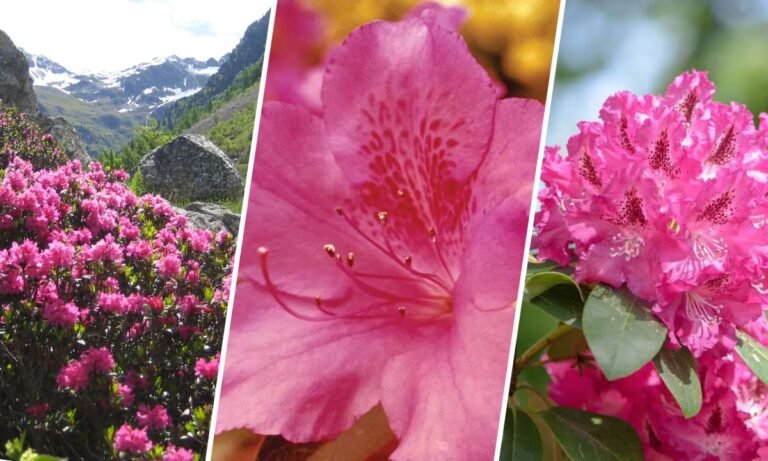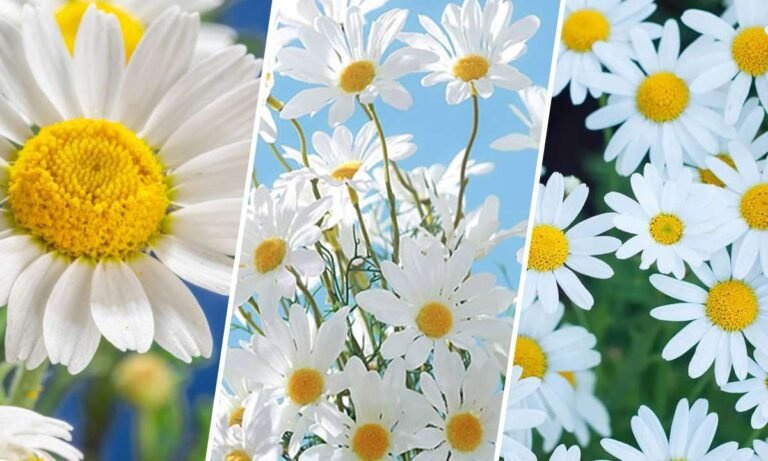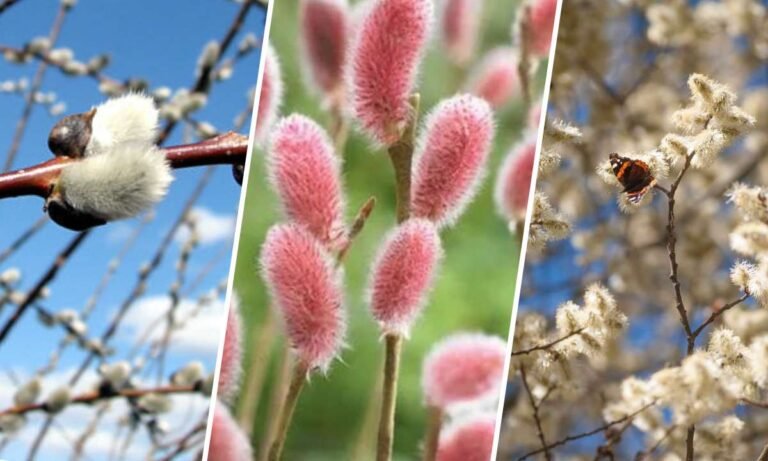The allium flower, recognized for its distinctive spherical clusters atop tall, sturdy stems, holds a special place in gardens and floral arrangements worldwide. Its unique appearance and diverse species carry meanings and symbolism spanning cultural, historical, and botanical contexts. In this article, we delve into the rich meanings, historical significance, and fascinating symbolism of the allium flower, providing a detailed exploration that will captivate and inform.
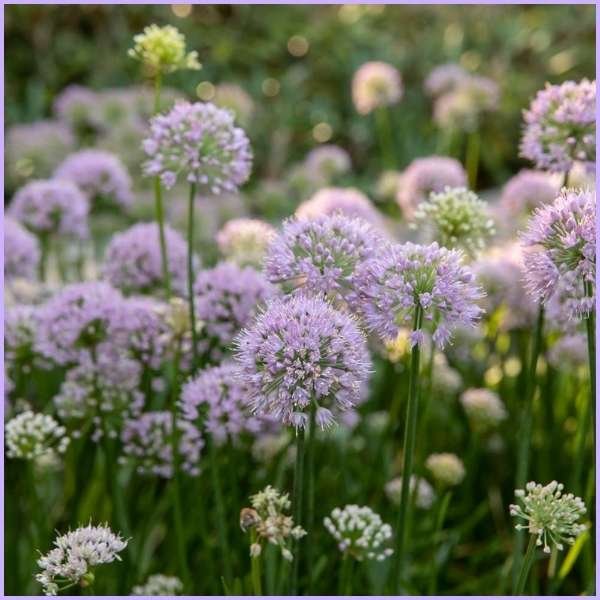
Origins and Etymology of the Allium Flower
The name “allium” originates from the Latin word for garlic, “allium sativum,” reflecting its botanical relation to garlic and onions. This genus includes a wide range of species, from delicate blooms to large, showy flower globes. Alliums are native to various regions across the Northern Hemisphere and have been cultivated for thousands of years.
Symbolic Meanings of the Allium Flower
Unity and Harmony: The allium flower’s spherical shape symbolizes completeness and unity, representing the harmonious coming together of different elements.
Resilience and Endurance: Known for thriving in challenging conditions, alliums symbolize resilience and endurance, enduring harsh climates and blooming year after year as perennials.
Transformation and Renewal: Across cultures, the allium signifies transformation and renewal, blooming anew from bulbs each year, symbolizing hope and rejuvenation.
Historical Significance of the Allium Flower
Ancient Uses: Ancient civilizations like the Egyptians and Greeks valued alliums not only for cooking but also for medicinal purposes, believing in their healing properties for various ailments.
Cultural Symbolism: In medieval Europe, alliums were planted near homes for protection against evil spirits, and today they are celebrated globally in festivals and gardens for their beauty and symbolism.
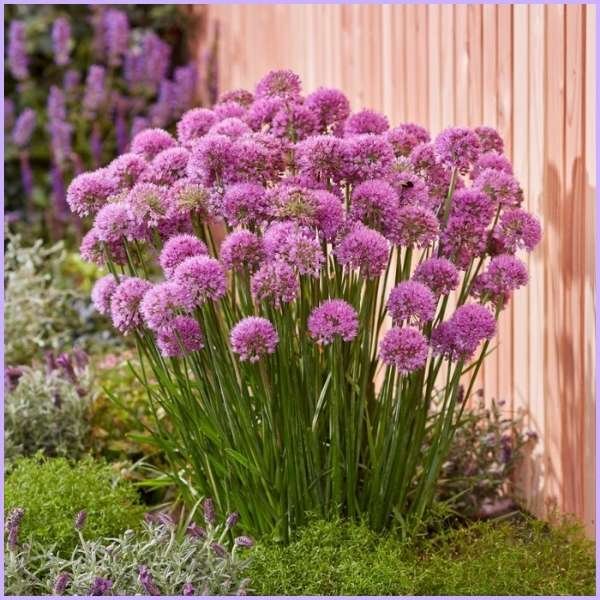
Different Varieties of Alliums and Their Meanings
Purple Sensation Allium: Symbolizes dignity and admiration, adding a regal touch to gardens and floral arrangements.
Globemaster Allium: Known for its large, globe-shaped flower heads, symbolizing unity and harmony, making it a striking garden focal point.
Drumstick Allium: Features small, egg-shaped flower heads symbolizing transformation and resilience, adding interest to borders and rock gardens.
Allium Flower in Art and Literature
Alliums have inspired artists and writers throughout history, appearing in botanical illustrations and still life paintings for their vibrant colors and intricate details. In literature, they serve as metaphors for endurance and beauty, symbolizing human resilience.
Cultural Significance of the Allium Flower
Western Cultures: Admired for their architectural beauty, alliums are used in formal garden designs and floral displays, symbolizing refinement and elegance, popular for weddings and special occasions.
Eastern Cultures: Associated with longevity and good fortune, alliums are planted and displayed during festivals to bring blessings and prosperity to households.
How to Grow and Care for Alliums
Planting: Alliums thrive in well-drained soil and full sun. Plant bulbs in the fall, spacing them apart for optimal growth.
Caring: Water regularly during the growing season, avoiding over watering to prevent bulb rot. Deadhead blooms and remove yellowed foliage for healthy growth. Alliums are generally low-maintenance and resistant to pests and diseases.
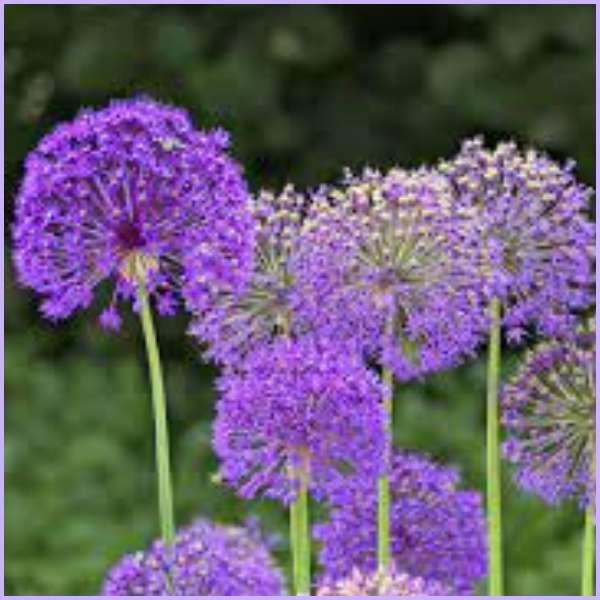
Conclusion
The allium flower embodies unity, resilience, and transformation. Its diverse species, deep symbolism, and enduring beauty make it a cherished addition to gardens and floral displays worldwide. Whether you’re a gardener, a flower enthusiast, or someone fascinated by symbolism and cultural history, the allium flower offers a captivating glimpse into the natural world’s beauty and significance.

